“Weightlessness is the key! Let go, and watch yourself drift away.”

I finally found some time to play SP after ending another successful academic semester! And with the introduction of Funky Trees, the timing was perfect. Interestingly, this aircraft’s flight system is more complex than the aircraft itself.
Controls
Pitch: Forward (Longitudinal) motion
Roll: Lateral motion
Yaw: Yaw
Throttle: Engines online
Trim: Pitch orientation
VTOL: Ascent/descent mode:
- VTOL down to descend
- VTOL up to ascend
- VTOL center to hover
Activator 1: Quadruple ascent/descent speed
Activator 2: Fine-Maneuver mode (automatically zeros horizontal motion!)
Activator 3: Cruise mode (Constantly fires forward-facing engines for a fast cruise)
Activator 4: Activate Underbelly-mounted magnets
Activator 7: Open/Close cargo door
Tips
- When landing, activator 2 will automatically make corrections that will prevent you from drifting! These are fine corrections, though, so you may have to slow down before the system takes control.
- Activator 2 is excellent for performing precise maneuvers.
- Ascent/descent speed is determined by how high/low the VTOL slider is positioned. Keep it close to center for low-speed maneuvers (i.e. landing)
External Cargo
This aircraft can carry cargo with its underside-mounted magnets! A maximum of about 15,000 lbs can be carried at one time. Here’s a nicely-wrapped gift for you to deliver!

Quantitas DELTA
As the successor of Quantitas PRIME, Quantitas DELTA is the first of the advanced DELTA defense system iterations. This weapon holds powerful rockets with proximity-detonation capabilities. Follow the listed steps to effectively use Quantitas DELTA:
1. In your air-to-ground OR air-to-air weapons menu, locate and equip “Quantitas DELTA”
2. When in range (~3.5 mi), aim at the target with your crosshairs
3. Launch a missile or two. You may have to lead your target or fire a small burst!
”Petra” Rapid-fire Grenade Launcher
Petra fires low-yield explosives with an exceptionally high fire rate. This potent weapon has a slow projectile speed that you will have to account for.
To use the weapon, select the Petra air-to-ground weapon, and fire accordingly.
Some medium-yield guns have been installed, too.

Table of Contents
1: Design Overview
1.1 Defining Features and Development
1.2 Defensive Systems and Implications
2: The 2D AUTOTOL System
2.1 Determining Vertical, Longitudinal, and Lateral Velocities
2.2 Applying Comparison to InputControllers
3: Corpus Ikran’s Christmas Eve Mission
Figure 0.0.1: Corpus Ikran Promotional Material
1: Design Overview
The first instance of 2D VTOL flight was developed more than two years ago. A robust, intuitive system, 2D VTOL’s conceptual framework remained constant for years, until now. Developed with the help of updated inputControllers, a cargo-gunship developed by SPEcorp, Corpus Ikran, possesses a new generation of 2D VTOL. The new system, 2D AUTOTOL, advances VTOL flight by providing a user-friendly revolutionization of aging 2D VTOL systems.
1.1 Defining Features and Development
Corpus Ikran itself was the perfect candidate to debut such a system. The airframe is familiar to SPEcorp engineers, as it is the functional successor to the Corpus Gunship - a historic aircraft developed by SPEcorp during the formative years of the company. The design of Corpus Ikran preserved the general layout of its gunship predecessor, while simultaneously implementing significant improvements to the aging aircraft. The aircraft’s defensive capabilities, cargo capacity, and airframe were overhauled substantially. The mission scope of Corpus Ikran, too, was expanded from its predecessor; Corpus Ikran can fulfill transport missions while retaining its position as a competent gunship.
1.2 Defensive Systems and Implications
Following SPEcorp tradition, two new defensive systems were developed alongside Corpus Ikran. These two systems, Quantitas DELTA and the Petra Launcher, combine to form Corpus Ikran’s deceptively flexible primary armament. Quantitas DELTA, the successor of Quantitas PRIME, was SPEcorp’s first DELTA weapon iteration. The DELTA iterations improve on the advanced PRIME series of defensive systems to deliver increasingly potent responses to a wide variety of situations. Quantitas DELTA itself improves on its successor through the introduction of proximity-detonating ordinance (blast radius determined by Minecraftpoweer).
Similarly, the Petra Launcher is the first of its kind – it is the first high-capacity explosive weapon developed by SPEcorp. If upgraded in blast yield, similar weapons may rival the Vortex Cannon as the new norm in heavy air-to-ground ordinance. The Petra Rapid-Fire Grenade Launcher, though, occupies a slightly different niche. The weapon fires low-yield explosives at a high rate of fire, therefore providing a versatile air-to-ground defensive system. Varying levels of precision, for example, can be delivered in most situations.
2: The 2D AUTOTOL System
Figure 2.0.1: Vertical, Longitudinal, and Lateral Velocity Projections (Wallpaper)
The most notable aspect of Corpus Ikran, though, is its flight system. 2D AUTOTOL represents a significant advancement within the sphere of VTOL flight, and will be adopted throughout SPEcorp’s aerospace sphere of influence. Most notably, the company will share its knowledge with Orbid Dynamics and the Laevitas Corporation.
2D AUTOTOL provides the pilot with a variety of tools to aid in, primarily, precise maneuvers. The utility in such capabilities can be applied to a variety of flight situations, including landing. 2D AUTOTOL possesses two main functions to deliver such results; the system is equipped with vertical and horizontal velocity control features. Vertically, 2D AUTOTOL can maintain a constant altitude, or a constant ascent/descent velocity. Horizontally, 2D AUTOTOL can automatically make corrections to reduce lateral/longitudinal velocities to zero.
Such features rest on a fairly complicated conceptual framework. The design of 2D AUTOTOL’s functionality is dependent on the trigonometry used to ascertain the vertical, lateral, and longitudinal components of the aircraft’s velocity. The usage of comparative logic in inputControllers, too, was a critical component of the realization of 2D AUTOTOL.
2.1 Determining Vertical, Longitudinal, and Lateral Velocities
An aircraft’s angle of attack (AoA) and angle of slip (AoS) can be used to project its velocity onto its vertical (yaw), longitudinal (roll), and lateral (pitch) axes. These projections describe the aircraft’s velocity along such axes, therefore providing information useful for VTOL flight systems. In this case, lateral, longitudinal, and vertical velocities are critical input information in 2D AUTOTOL. Basic trigonometry can be used to ascertain these velocities.
The first identifiable velocities are the aircraft’s vertical and basic horizontal velocities. The relationships versus, notably, groundspeed, are as shown:
V_Vertical = GS * sin(AngleOfAttack + PitchAngle)
V_Horizontal_Basic = GS * cos(AngleOfAttack + PitchAngle)
It is important to note that the aircraft’s pitch angle was added to the trigonometric relation. This addition describes the aircraft’s vertical and horizontal speeds relative to a reference frame constrained to the ground. Therefore, the inputted vertical velocity would not change due to pitch angle. This property is ideal for VTOL applications, but for non-VTOL applications, the PitchAngle term should be eliminated. Also note that basic horizontal velocity lies in a plane formed by the longitudinal and lateral axes of the aircraft, and therefore indicates motion composed of both longitudinal and lateral components.
An aircraft’s basic horizontal velocity, by itself, is not entirely useful for flight system application. Basic horizontal velocity is, however, useful for finding the lateral and longitudinal velocities of an aircraft. Familiar trigonometric operations, using the basic horizontal velocity, can be performed to determine these axial velocities:
V_Lateral = V_Horizontal_Basic * sin(AngleOfSlip)
V_Longitudinal = V_Horizontal_Basic * cos(AngleOfSlip)
When the previously ascertained value of V_Horizontal_Basic is used, the lateral and longitudinal velocities can be evaluated as follows:
V_Lateral = GS * cos(AngleOfAttack + PitchAngle) * sin(AngleOfSlip)
V_Longitudinal = GS * cos(AngleOfAttack + PitchAngle) * cos(AngleOfSlip)
These projections are shown on the above wallpaper [Figure 2.0.1]. Note that the image’s purpose is mainly aesthetic, which explains the small text size. Therefore, it is useful to summarize the findings of these operations. The vertical, longitudinal, and lateral velocities are summarized in the following list:
V_Vertical = GS * sin(AngleOfAttack + PitchAngle)
V_Longitudinal = GS * cos(AngleOfAttack + PitchAngle) * cos(AngleOfSlip)
V_Lateral = GS * cos(AngleOfAttack + PitchAngle) * sin(AngleOfSlip)
To reiterate, these relations are for a reference frame that does not rotate along the aircraft’s pitch axis, and are best for VTOL applications.
2.2 Applying Comparison to InputControllers
The 2D AUTOTOL flight system responds to the previously discussed flight data [2.1] to execute its functional features. Vertical flight speed ultimately informs the system in how it will ascend, descend, or hover. Likewise, lateral and longitudinal velocities inform the system’s horizontal correction feature. Each feature hinges on the system’s ability to compare values – comparative logic must be applied to the system’s inputControllers to achieve its desired function.
Unfortunately, inputControllers do not support formal comparison through the usage of comparison operators (i.e. >, <, ==). Therefore, arithmetic and built-in functions must be used to employ comparative logic. Extensive documentation of such practices currently exists, so the details of the methodology will not be discussed.
2D AUTOTOL applies such comparative logic through using multi-segmented code. The code of each inputController can be conceptualized as collection of “blocks” that each act independently for a separate situation. Each “block”, then, is designed to evaluate to zero when the system responds to an irrelevant situation. Therefore, a singular desired outcome only occurs when 2D AUTOTOL is exposed the situation specific to the respective outcome. For example, when 2D AUTOTOL is instructed to hover, the code responsible for ascent and descent control evaluates to zero. A visualization of this “block” concept is provided by figure 2.2.1:
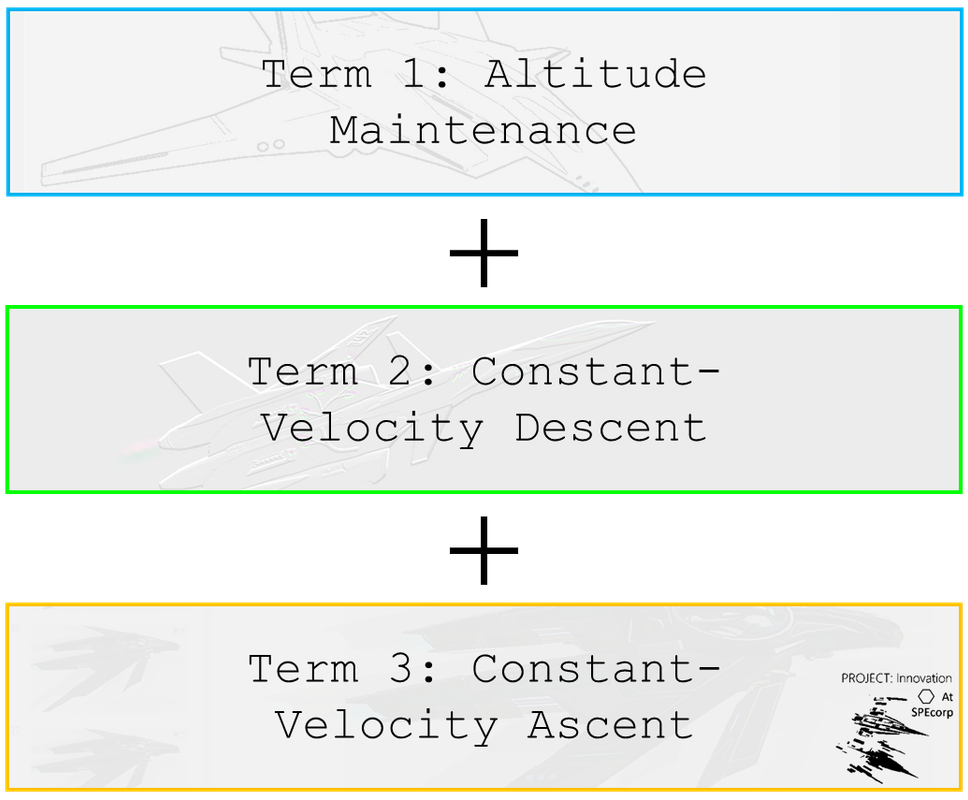
Figure 2.2.1: “Block” Code Structure
These situational “blocks” can be used to design multi-purpose parts with multiple functionalities. When combined with comparison, such coding practices can be used to design smart flight systems. In the case of 2D AUTOTOL, the system responds to speeds measured on its lateral, longitudinal, and vertical axes. The code itself has been documented for further use.
3: Corpus Ikran’s Christmas Eve Mission
Corpus Ikran’s first mission was accomplished under unforeseen circumstances, on a planet known as Sanctum 6. The planet itself rests in an unstable political equilibrium. At the moment, the planet is composed of scattered territories governed by a variety of organizations. The most notable organization of Sanctum 6, though, is Heat’s Envoy. As a former bandit organization, Heat’s Envoy successfully transformed months of conquest into the establishment of a functional provincial government on Sanctum 6.
The mission’s necessity became apparent when Heat’s Envoy contacted a SPEcorp liason stationed on the planet. The conversation occurred one night before Christmas Eve. Heat’s Envoy needed assistance in a transport mission due to a variety of factors. At the time, Heat’s Envoy recently secured territory on its easternmost border from an ill-reputed paramilitary organization known as T-Corp. Heat’s Envoy needed to transport valuable equipment, supplies, and government infrastructure to the only settlement situated in the barren region. The settlement was a sizable mining village, situated in a mountain range that dominated the territory’s topography. A few confounding factors prompted the organization’s request for SPEcorp’s assistance. At the time, T-Corp possessed a small military presence in the area, therefore obstructing the path for Heat’s Envoy’s ground transports. Moreover, Heat’s Envoy lacked any aircraft that, even if retrofitted correctly, could land near the village. The organization’s famous Gelidus Bombers required a long runway that the mountainous village lacked.
Therefore, a VTOL aircraft, that could haul cargo, while simultaneously defending itself, was necessary for the mission. Corpus Ikran was the perfect candidate for this mission. Seeing the excellent PR opportunity within this mission, SPEcorp agreed to participate, and rapidly shipped a Corpus Ikran prototype from the nearby planet, New Portum, to Sanctum 6. Delivered by a conveniently-stationed Ethos of Settlement cargo ship, the Corpus Ikran prototype arrived within 12 hours of the agreement. Therefore, this mission would occur on Christmas Eve.
SPEcorp and Heat’s Envoy then organized the team needed to complete the mission safely and effectively. For SPEcorp, the mission served as a robust test of Corpus Ikran’s capabilities. According to Heat’s Envoy’s Intel, SPEcorp estimated that their new aircraft would be able to fly the mission alone. However, SPEcorp did not wish to take any unnecessary risks with their new aircraft. A small task force was assembled to escort Corpus Ikran. The mission roster is listed in Figure 3.0.1:




Figure 3.0.1: Christmas Eve Mission Roster (Clickable)
SPEcorp supplied a Toulumne Class Fighter and an Asperitas Class Corvette to provide air-to-air and air-to-ground support, respectively. Conversely, a Gelidus Bomber was provided by Heat’s Envoy for “moral support”. The bomber was ultimately unfit for the mission, and could only provide minimum support with its imprecise ordinance.
Heat’s Envoy’s supplies were delivered via an external, specially designed container. The medium sized, yet heavy container was attached to Corpus Ikran by cargo magnet. As a final touch, the container was festively wrapped, and received the nickname, “The Big Package”. Heat’s Envoy, too, loaded smaller gifts in Corpus Ikran’s cargo hold, for children residing in the newly-liberated mining village.
Heat’s Envoy’s intel possessed a minor inaccuracy pertaining to T-Corp’s military assets in the area. The ground forces possessed by T-Corp were reported correctly, but the organization did manage to scramble a solitary, yet unexpected, Sol: Agressor Light Fighter to intercept the transport fleet. SPEcorp’s fighters were instructed to keep a laissez-faire attitude toward the interceptor; one pass was permitted to demonstrate Corpus Ikran’s air-to-air competency. The pass occurred, and proximity-burst ordinance detonated at a critical distance from T-Corp’s fighter. Corpus Ikran had downed the interceptor with its Quantitas DELTA defensive systems.
The small skirmish ultimately resulted in zero losses for the transport fleet, and the cargo was delivered on Christmas Eve without delay. The residents of the village were overjoyed by the mission’s success, as the supplies were designed to improve the village’s quality of life. Safe mining equipment, food, water, and even miscellaneous gifts were delivered. In honor of this mission, this upload provides a commemorative model of Corpus Ikran. Gifts similar to those delivered on Sanctum 6’s Christmas Eve Mission are loaded into the aircraft’s cargo hold, and a festive decal was added.
Ah. I really rambled in this description. My highest wordcount on SP yet! If you read even some of the sections, then thank you! Additional thanks to SPMC for some miscellaneous suggestions.
Specifications
General Characteristics
- Predecessor Christmas Challenge
- Created On Windows
- Wingspan 54.9ft (16.7m)
- Length 51.8ft (15.8m)
- Height 19.4ft (5.9m)
- Empty Weight N/A
- Loaded Weight 24,687lbs (11,198kg)
Performance
- Power/Weight Ratio 2.457
- Wing Loading N/A
- Wing Area 0.0ft2 (0.0m2)
- Drag Points 29876
Parts
- Number of Parts 716
- Control Surfaces 0
- Performance Cost 3,427


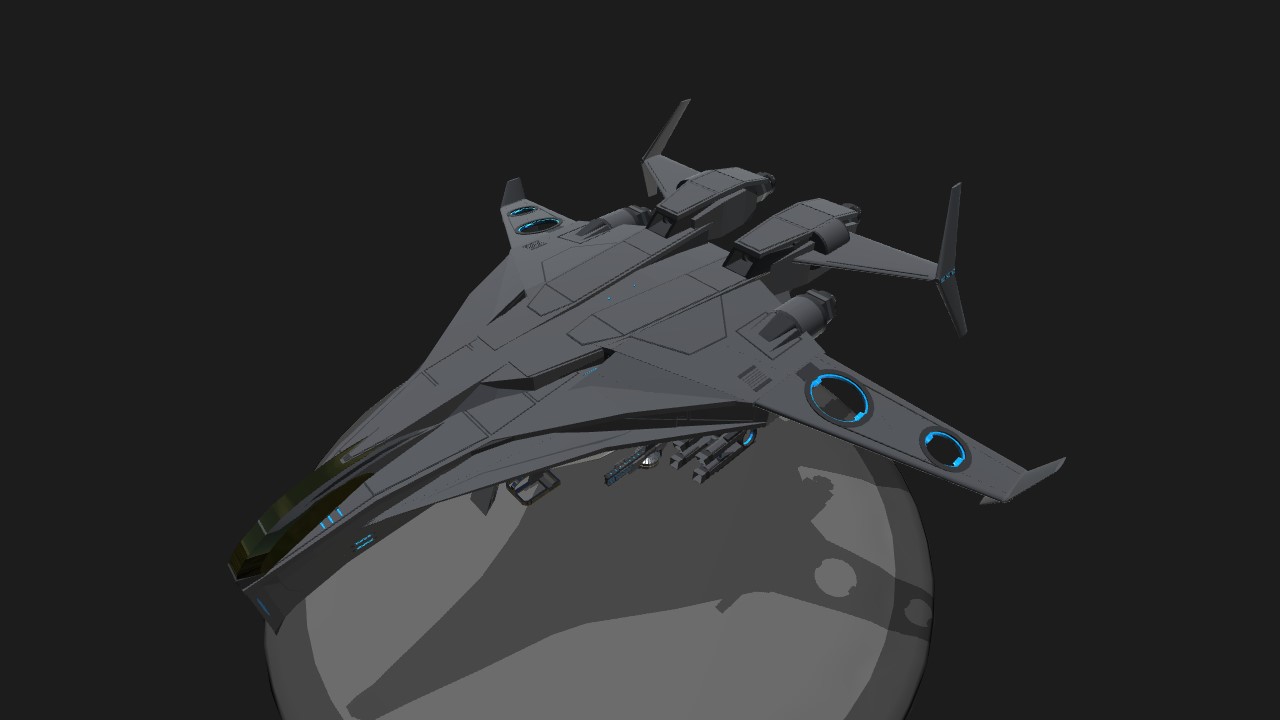
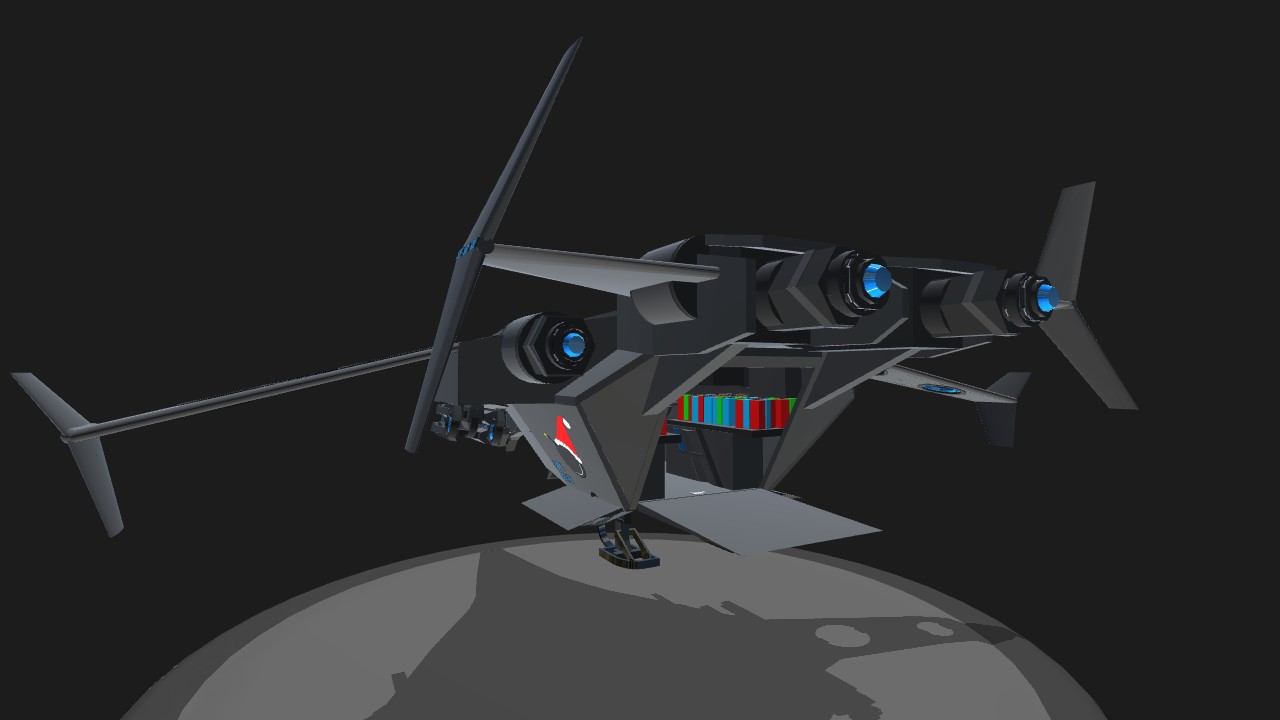


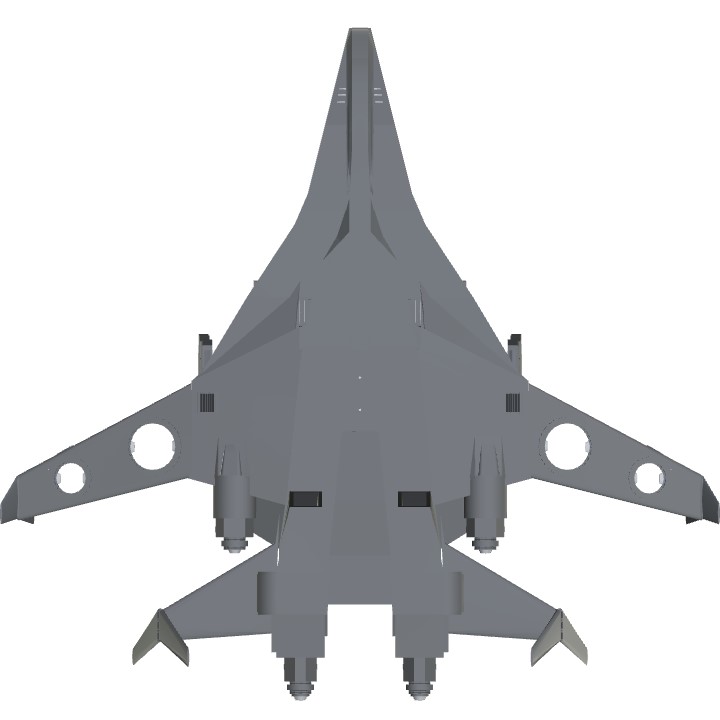
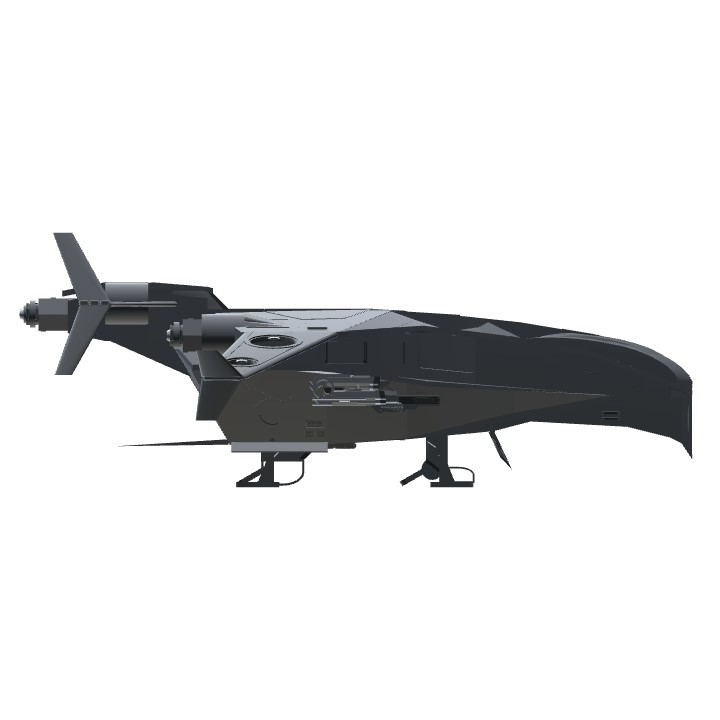
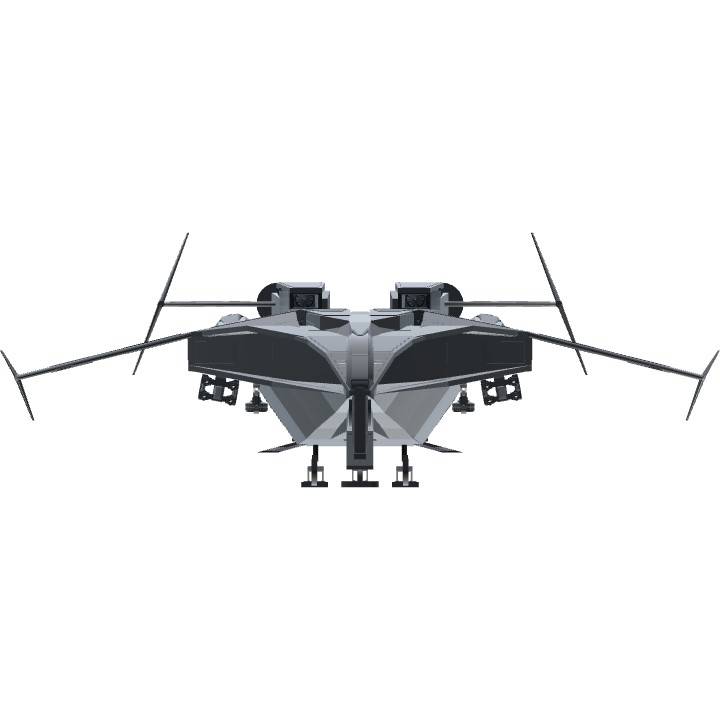
@spefyjerbf thank you so much sir!
@CommanderReal There is, but it requires a little bit of coding, since I haven’t made the flight system itself. This forum post will hopefully help
@spefyjerbf Hi is there any code for anti air drifting?
@CommanderReal Feel free to use any code as long as you provide adequate credit! Note that this code is very old, and it may be better to check out my most recent forum post for flight system code
Hi! I kind of want to use the Engine system of the Corpus Ikran to my Rescue Flight Vehicle, can i borrow it some how?
@Jerba It is, but it would require a complete redesign of the system. This specific flight system uses a different logical structure than what you are describing
Is it possible to change the hover system to instead work off of a specific altitude (while it’s fine if it’s a fixed value, if it can be set to stay at whatever altitude the system is activated at that would be better) or change it to be even more sensitive to vertical movement so that even if it does move down or up when hovering it’s so slow of a change it can’t be noticed really? (Although if I need a last resort can I just steal the hover system directly off of the craft?)
@XenoMorphic The best way to make a stable VTOL is to align your upward thrust with your CoM, and then add a strong gyro. Note that the gyro will require some tweaking - a gyro that is too powerful will be unstable.
.
As for stability when aiming, the upwards thrust is designed to rotate with respect to the aircraft’s pitch angle.
@spefyjerbf question, how do you make a stable vtol/gunship mode, one where it holds steady especially when aiming
@XenoMorphic Thank you! It was fun to make this one.
@spefyjerbf im back after so so long , Your Still creating some amazing aircraft , Love the idea of this new craft you have!
The first thing that flew through my brain when I saw this was “That moment when you open the gate of truth and the future comes flying out right after you sacrifice an evil humanoid mushroom.”
@spefyjerbf here it is https://www.simpleplanes.com/a/kt54LD/COD-Wheelson-stabilized-turret
dont know how to fix the wobbly gun tho need help on that
TY it will come in use at a project@spefyjerbf
@Jauntyccmbr Generally gyros get messed up when their stability is set to be too high. Turn down the stability on the gyro a bit, and see what happens.
@spefyjerbf do you have any tip on how to make a turret stabilizer because the gyro is wonky
I would like to list the 5-w's & h.
It’s beautiful
@goboygo1 Thanks! Looks like we're still tied.
Oh dear. you're tied with me in the christmas challenge.
Im still gonna upvote even though it will knock me out of the running. :')
@ThomasRoderick Good to see you too! I hope that this build makes up for my absence.
@HarryBen47 Thank you! SP gets exciting when I can apply math to it.
@thefalkenreich Thanks! I had that sort of role in mind when designing this.
Hi Spef! Good to see ya again!
Not only you're a good builder but you're a good mathematician